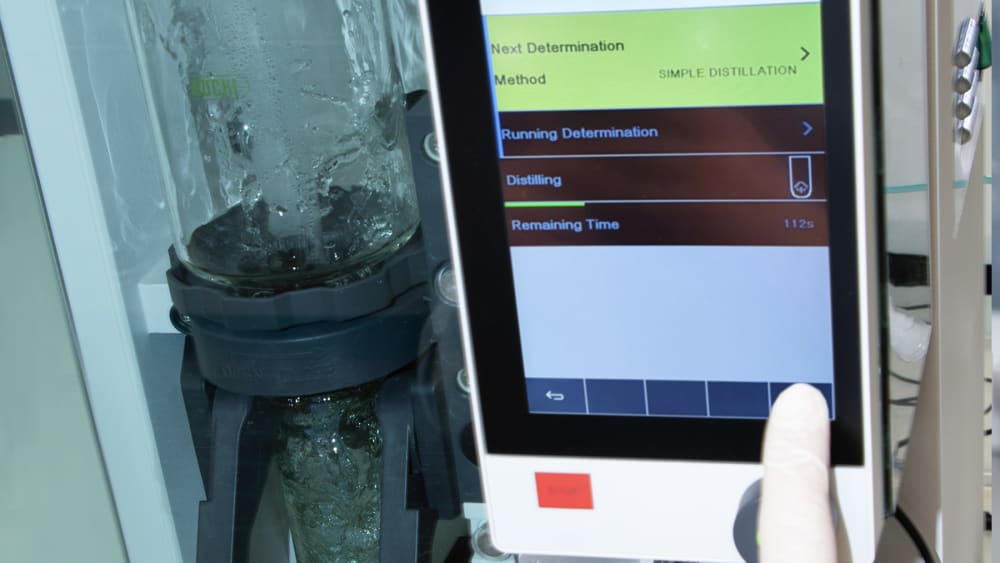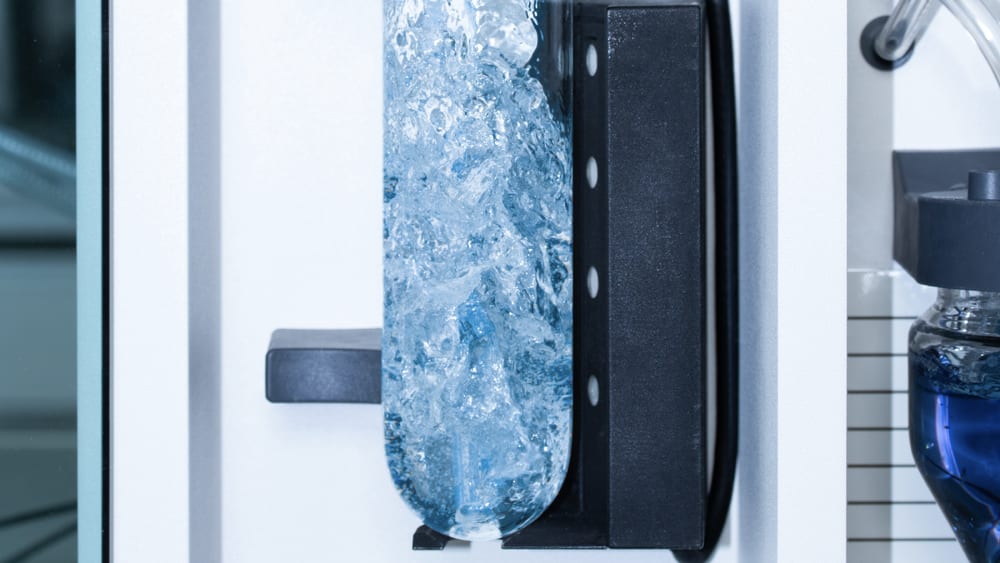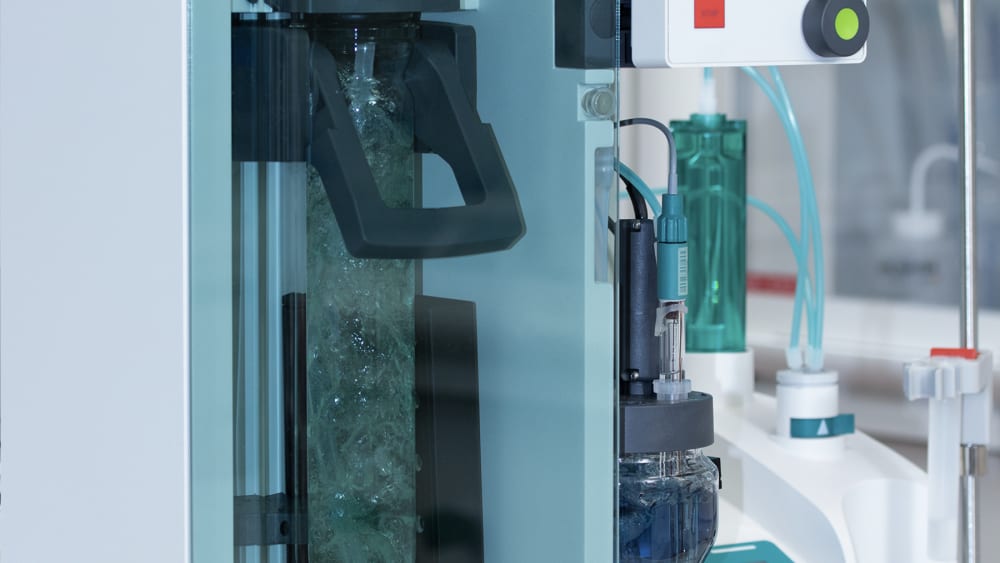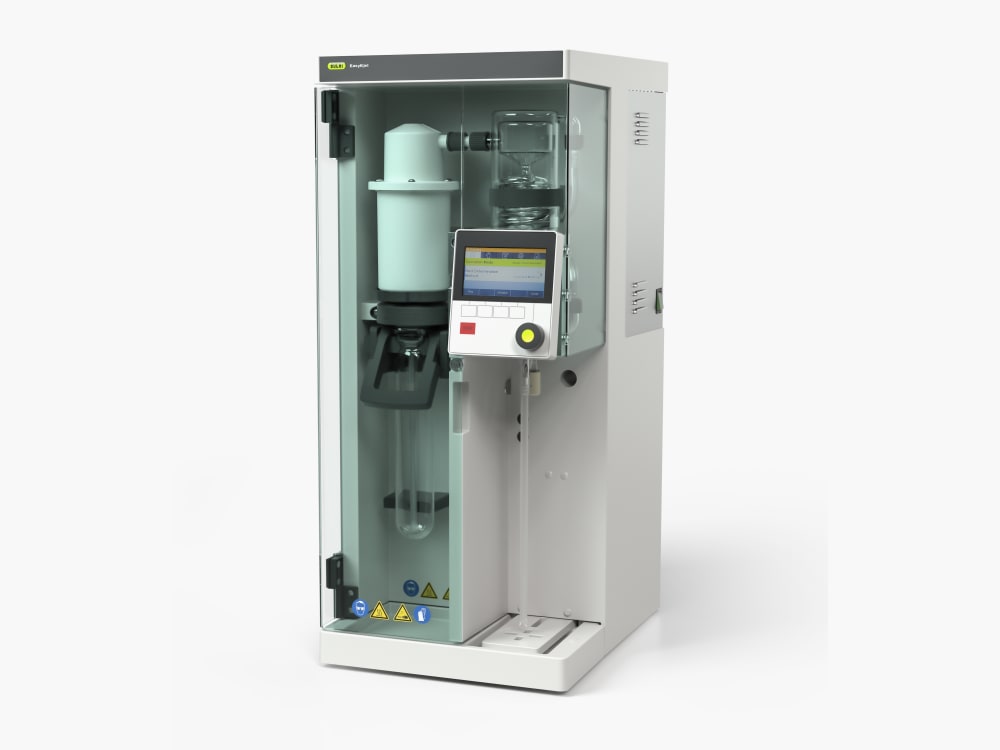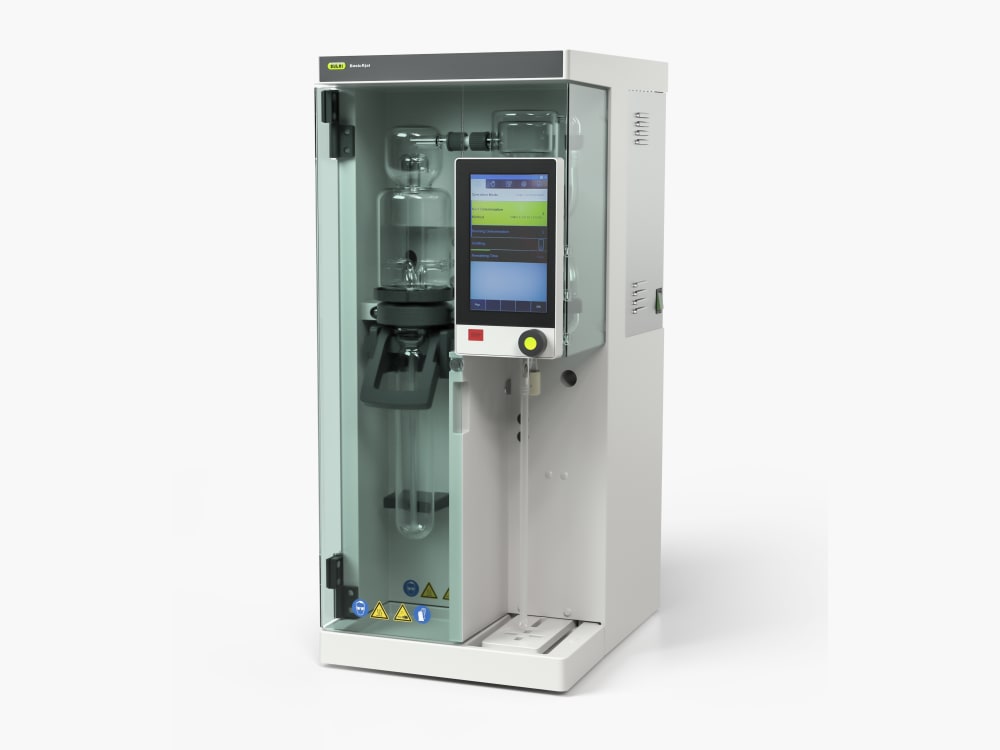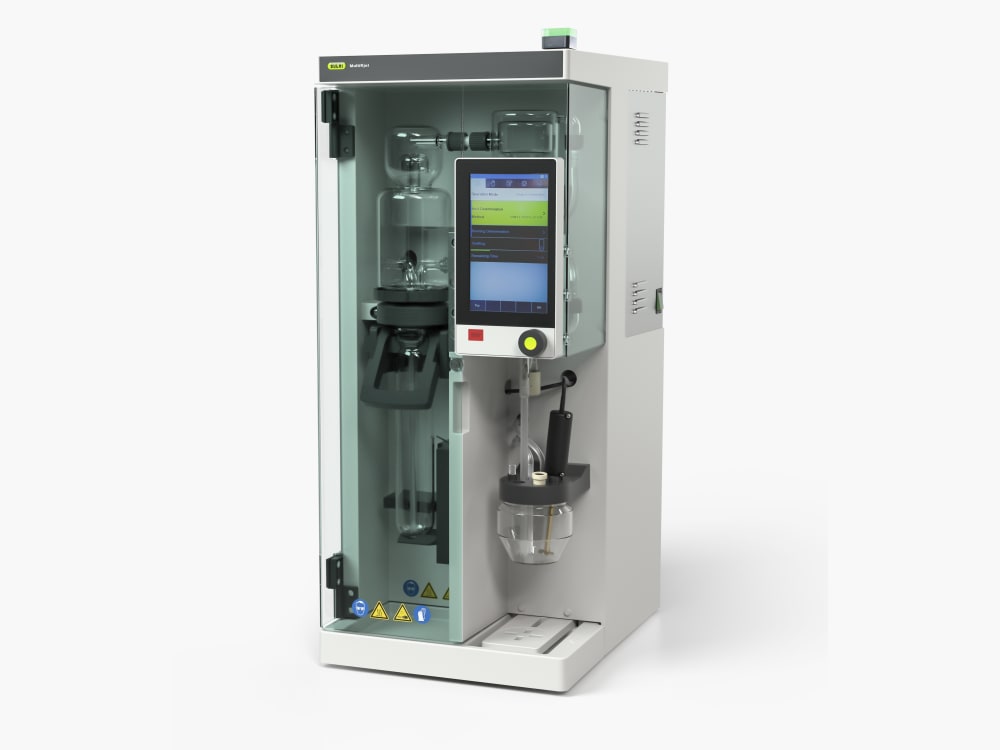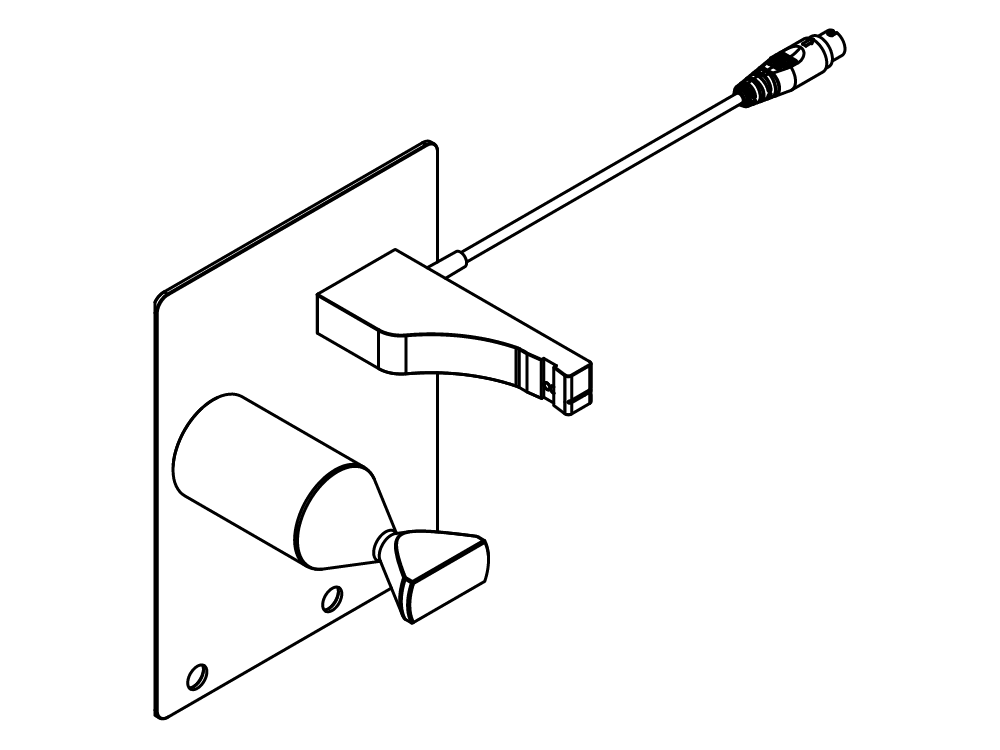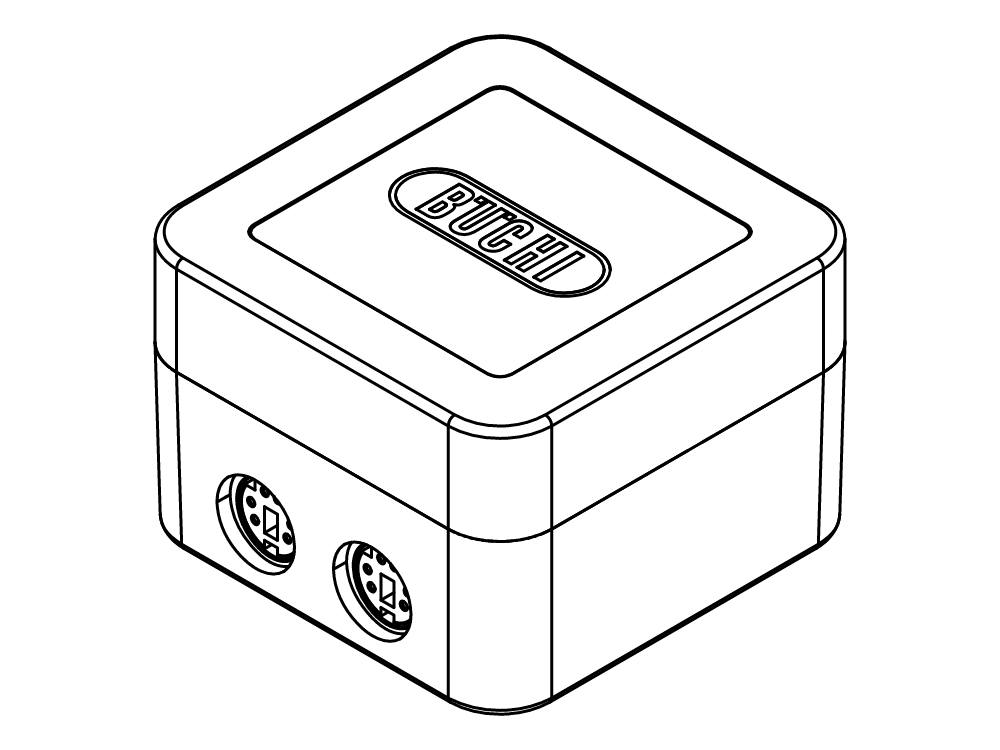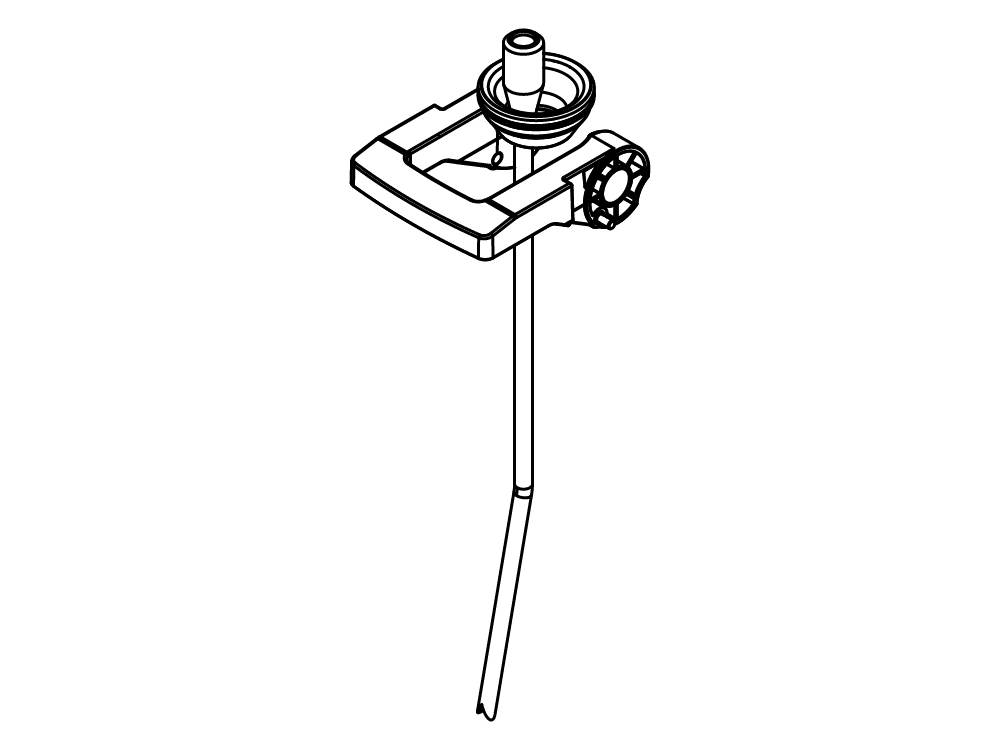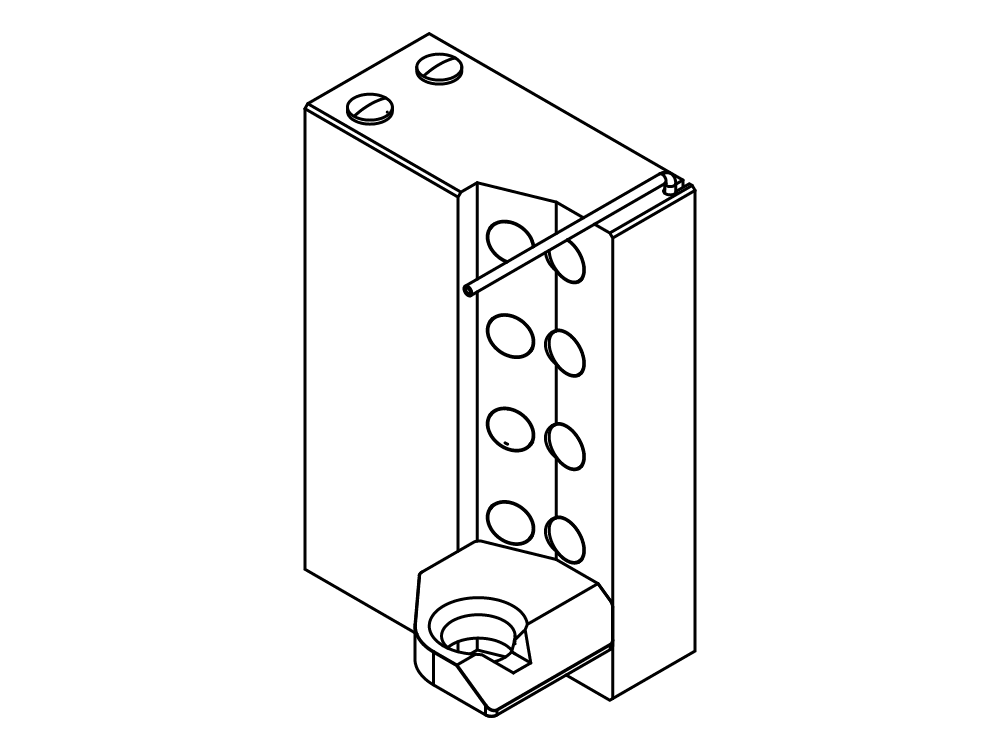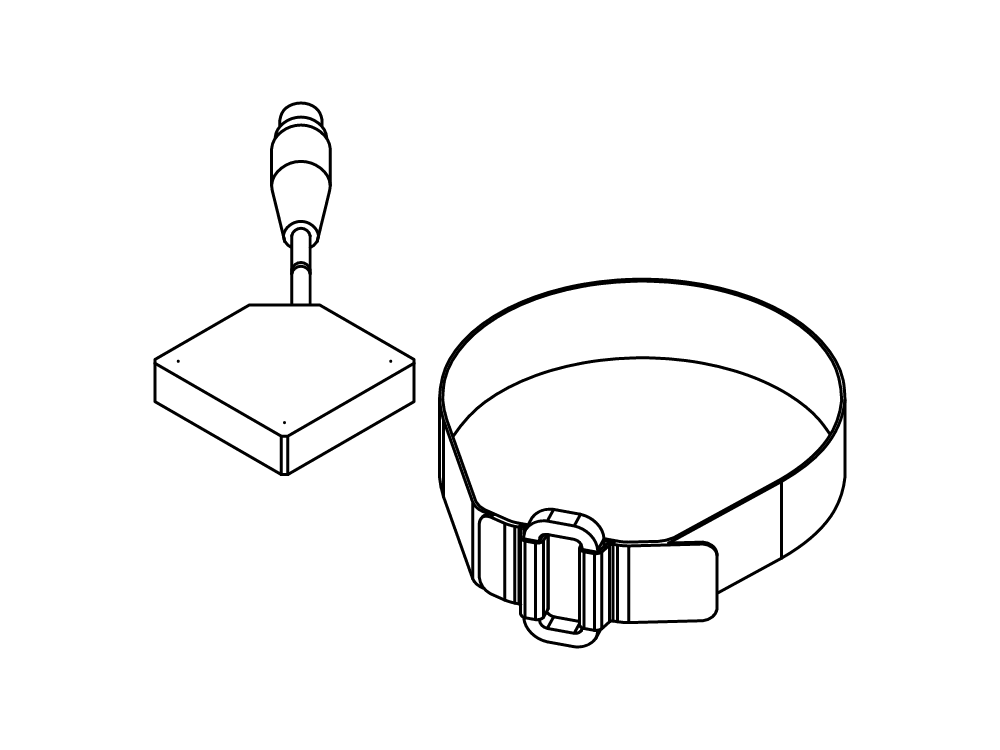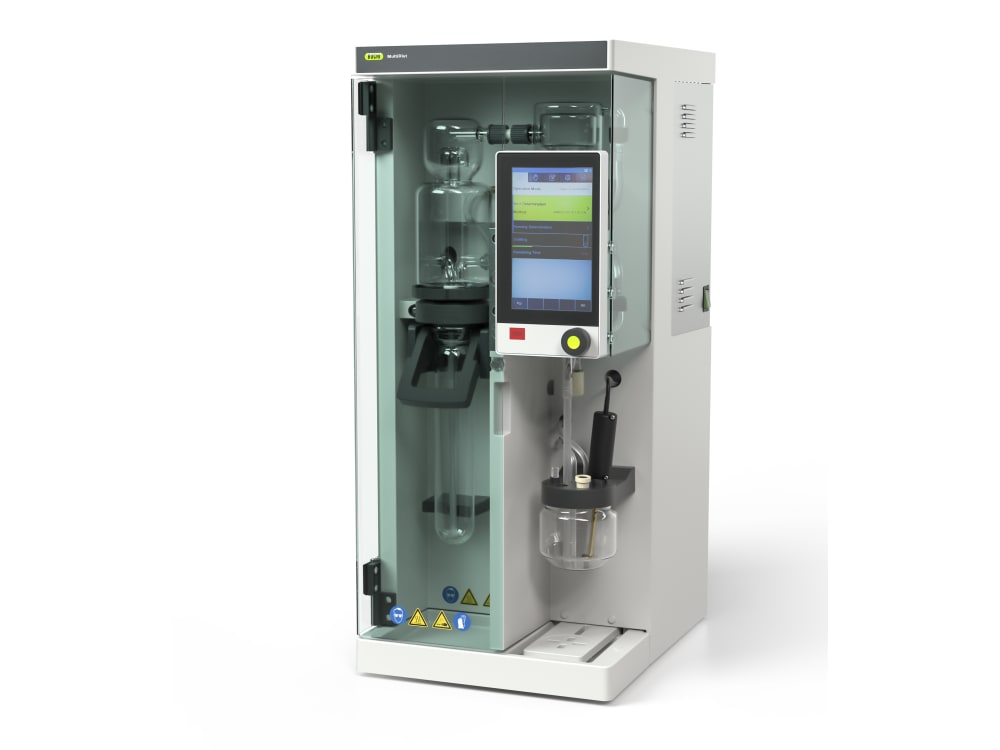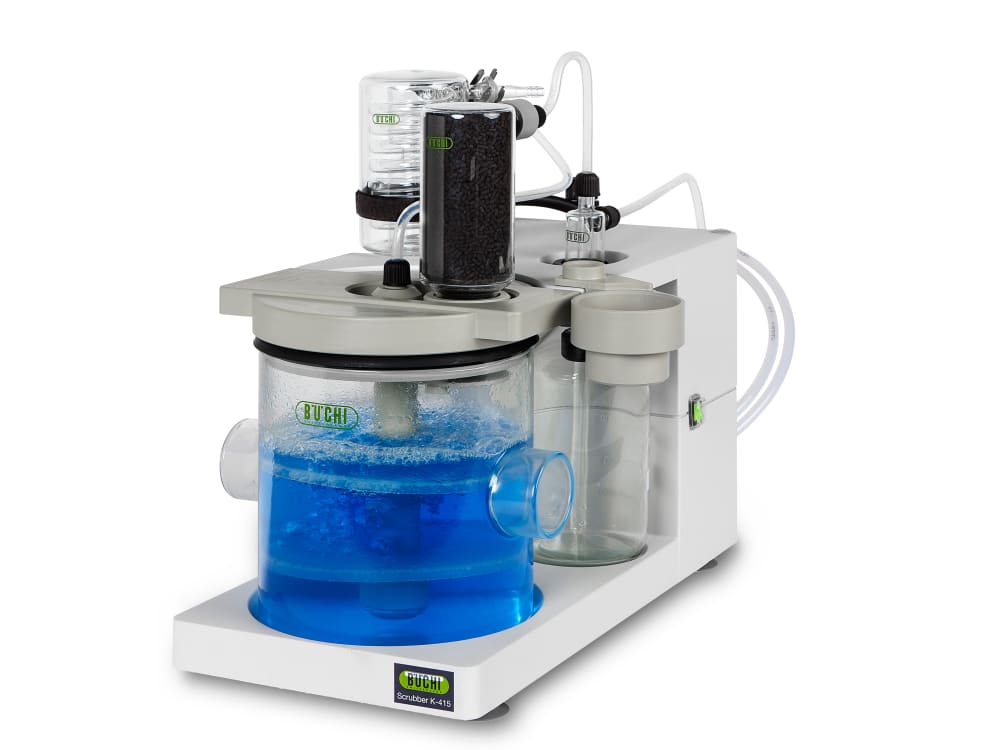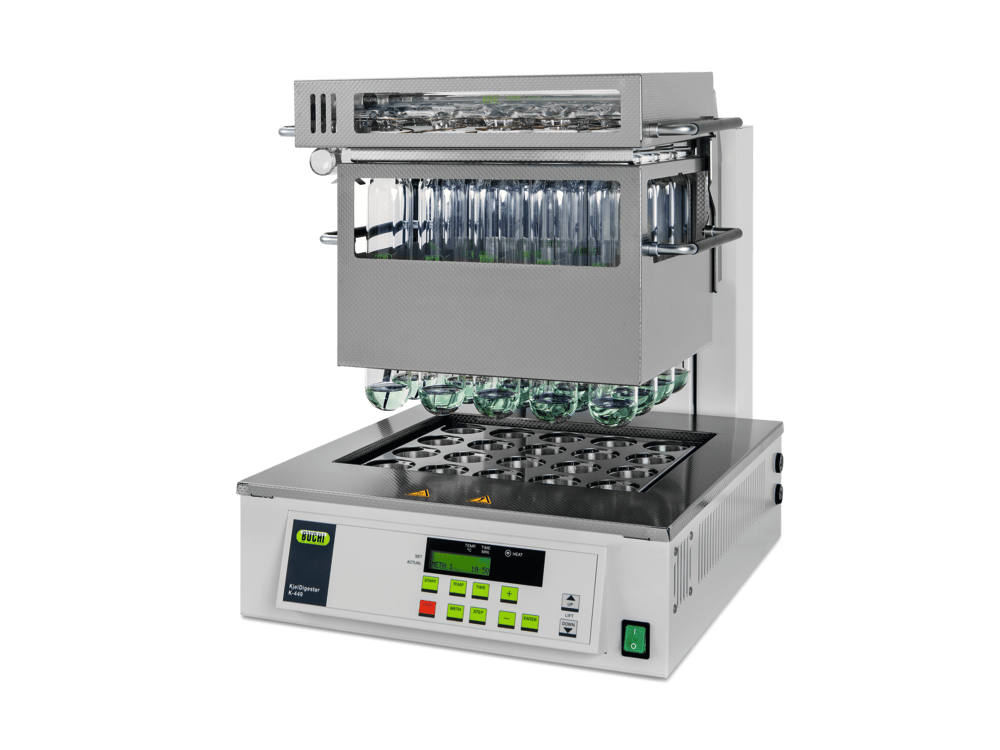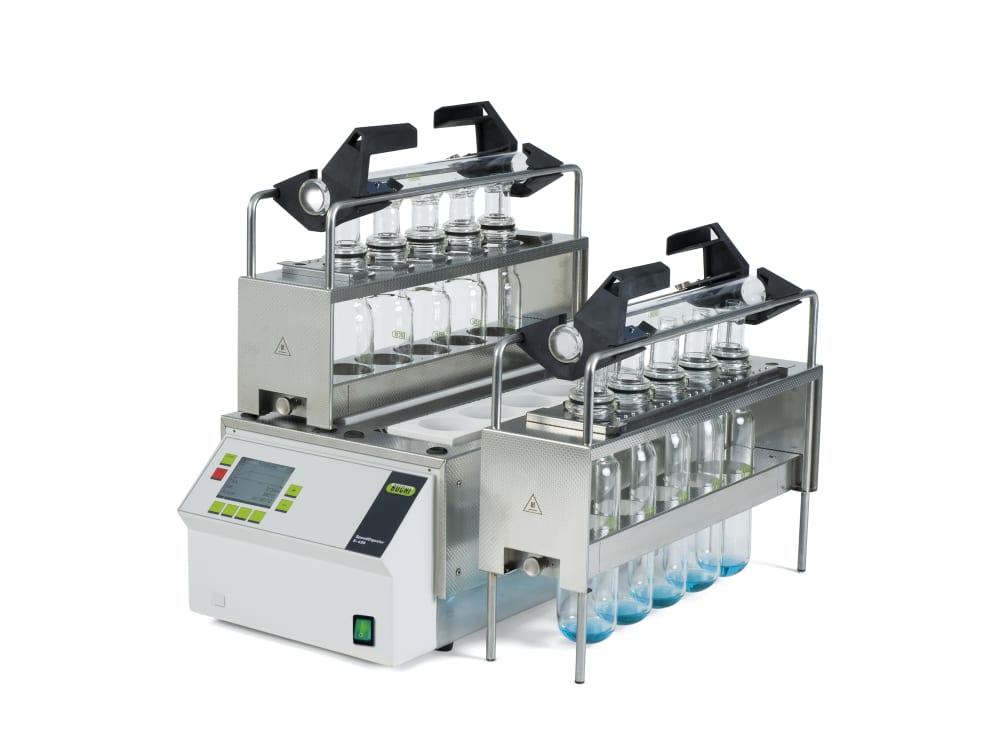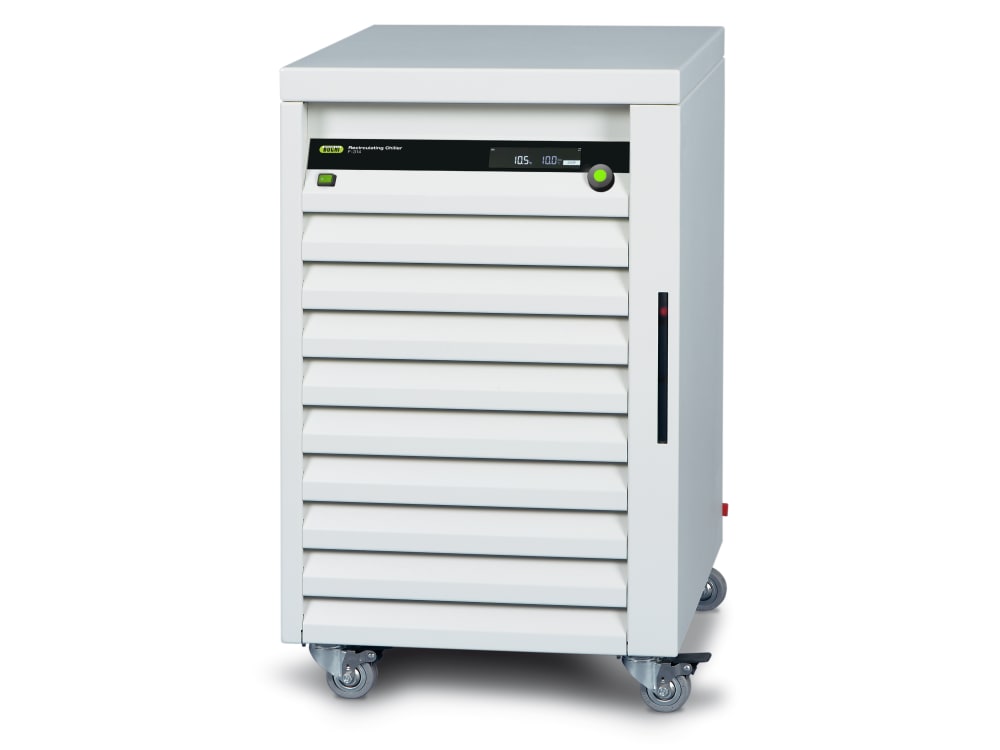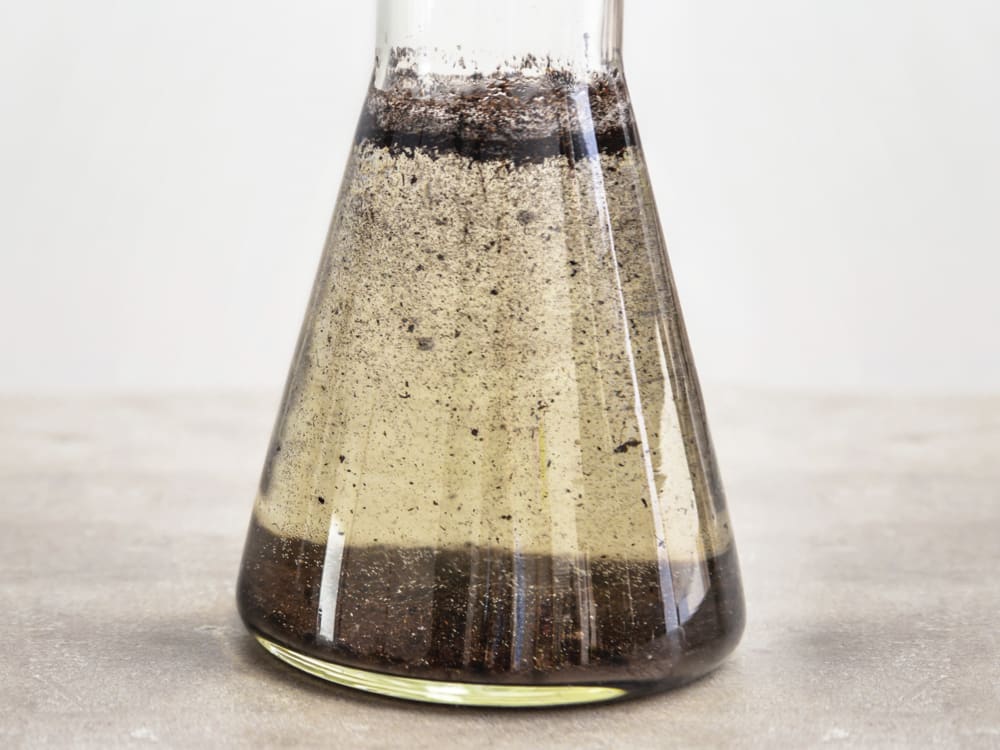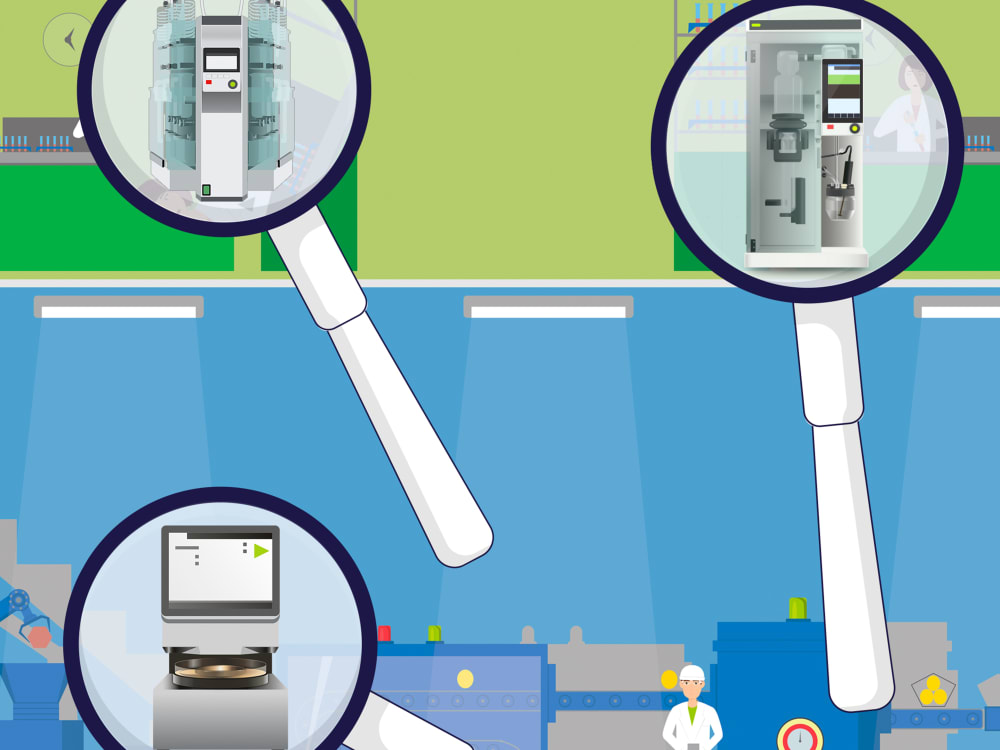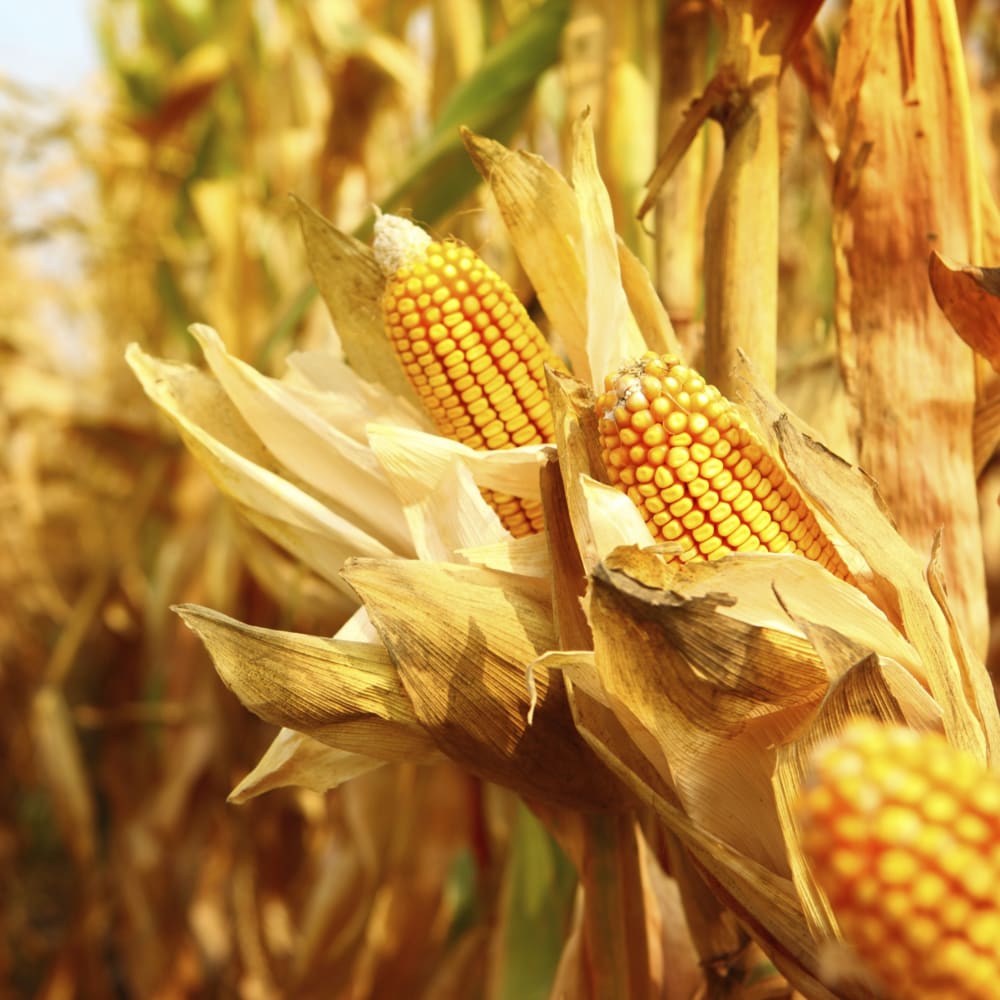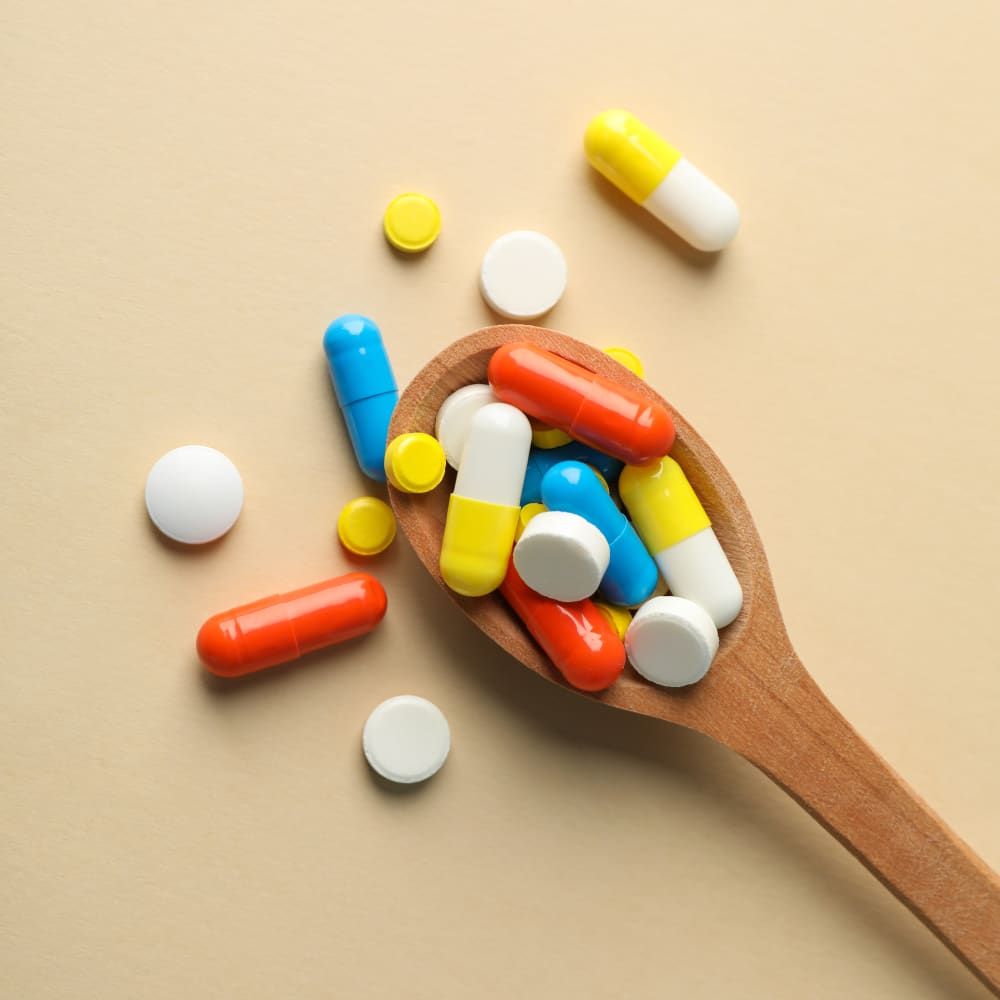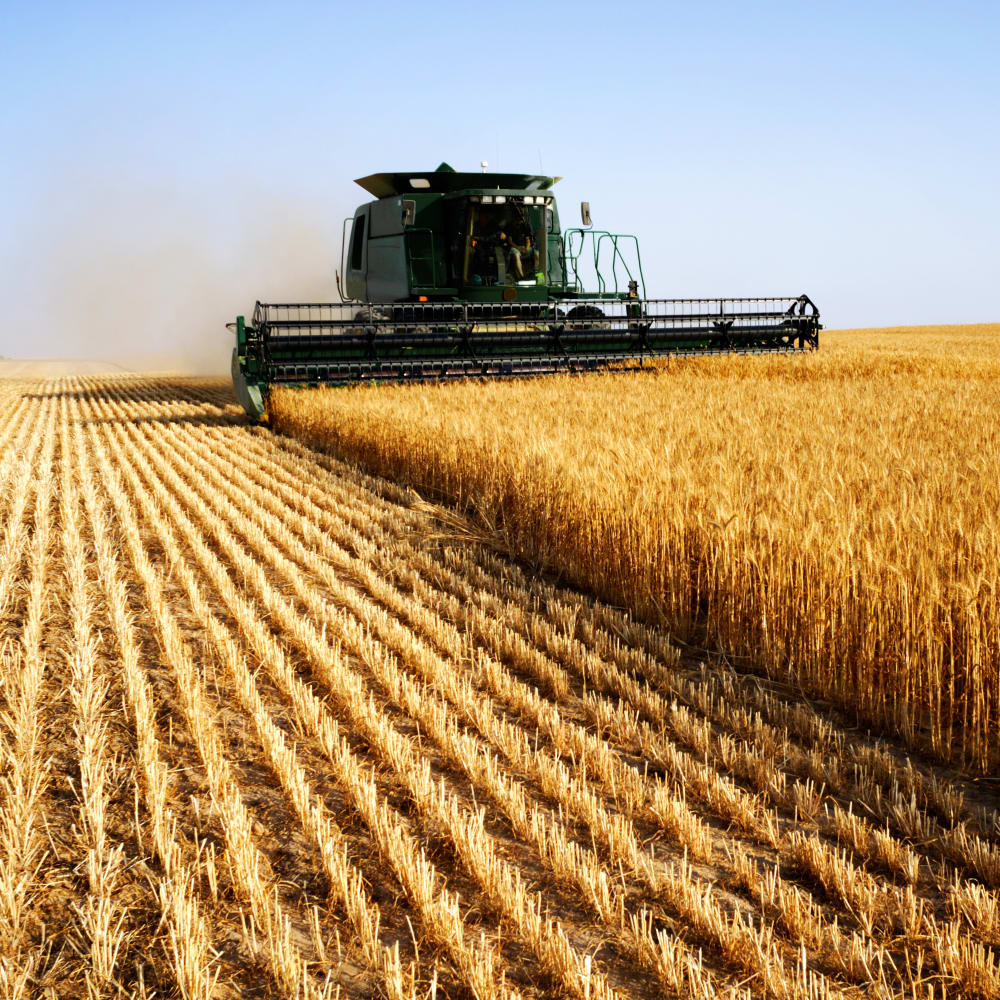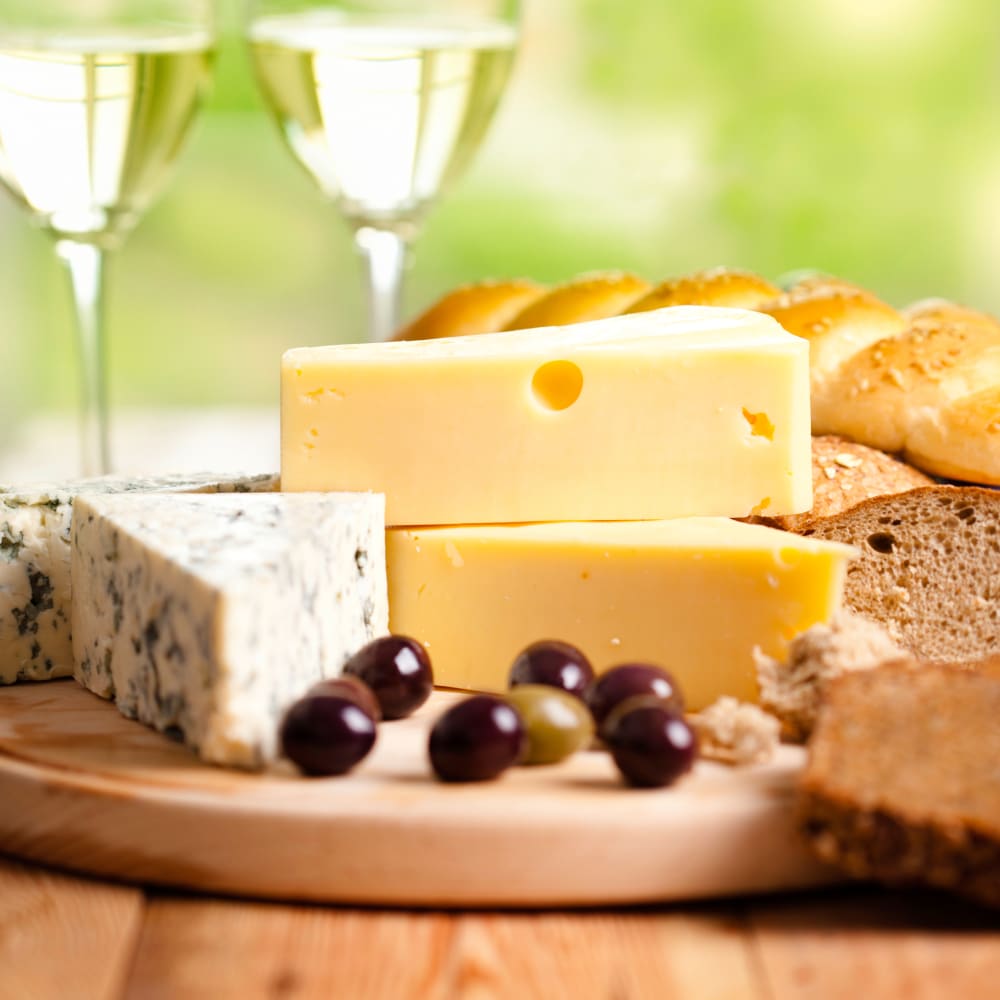Kjel Line
질소 측정 시 가장 높은 수준의 요구 사항 충족
BUCHI의 최신 증기 증류 장비는 매우 정확합니다. 또한, 지속 가능한 자원 사용을 보장하고, 작동 중 최대한의 안전성을 제공합니다. 이 기구는 개인의 필요에 맞도록, 그리고 가장 편리한 방법으로 최고의 성능을 발휘하도록 설계되었습니다.
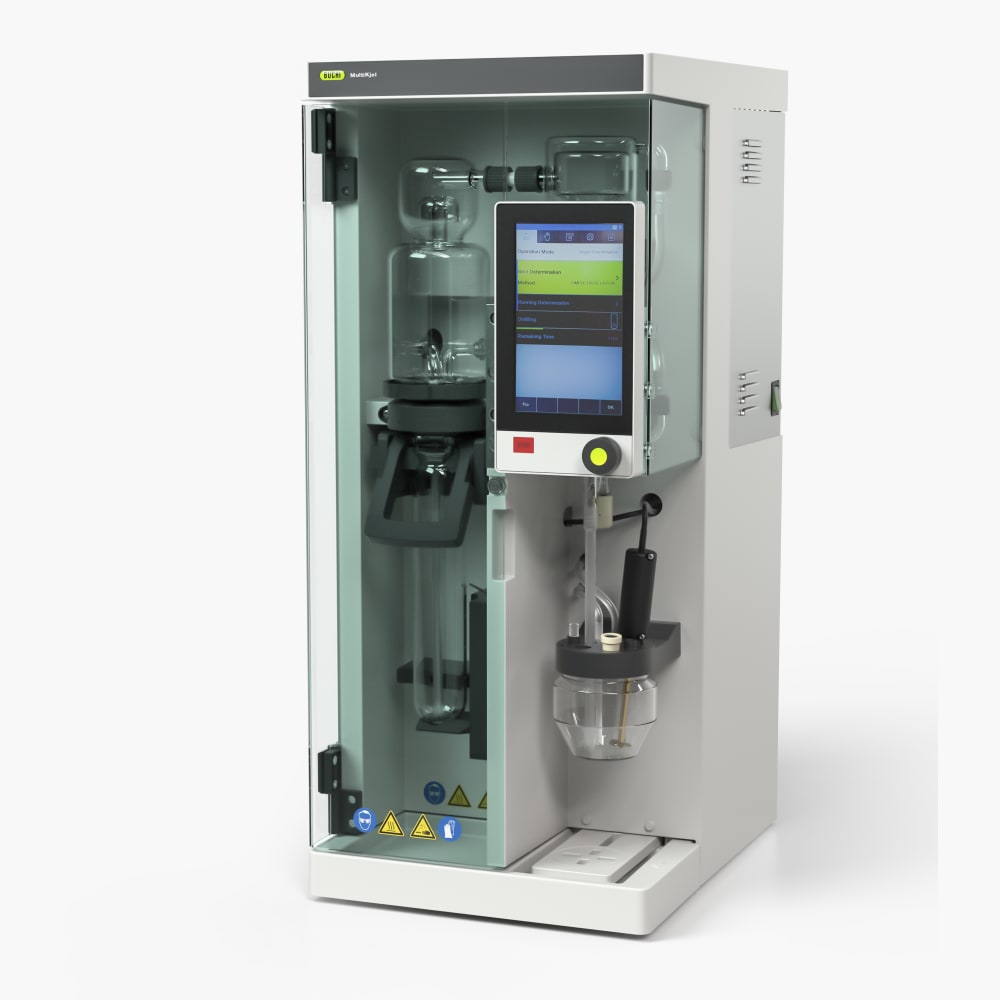
기능
AutoDist (자동 증류 장비) 기능으로 인해 측정 시 장치 내의 온도 차이로 인한 영향을 받지 않습니다. 이 기능은 응결 과정의 시작 시점을 인식하고, 개별 측정에서 증류 시작 시간을 자동으로 조정합니다. 이는 응축수 용기 내에 내장된 온도 센서를 통해 이루어지며, 재현성이 더욱 높은 결과로 이어집니다.
냉각수 제어 시 지능형 유량 제한을 통해 자동으로 물을 절약합니다. 증기 증류가 시작되면 물이 응축기를 통해 흐르기 시작하고 증류액이 수집됩니다. 장치는 증류 전후에 냉각수 밸브를 자동으로 닫습니다. 이 기능을 통해 측정 중 약 20%의 물을 절약하고, 물 공급을 걱정하지 않아도 됩니다.
당사의 다목적 구성 요소를 사용하면 시스템을 쉽게 업그레이드하고 자동화하여 편의성을 극대화할 수 있습니다. 모든 부품은 개별적으로 선택할 수 있으며, 차례로 결합할 수 있습니다. 모듈식 설계를 통해 사용자의 개별 요구 사항에 맞는 최적의 기능 조합을 얻을 수 있습니다. 이러한 방식으로 사용자는 자신의 필요에 따라 기능 및 주변 장치 조합을 최적화할 수 있습니다.
Kjel Line (킬달 증류 장비) 기구는 혁신적인 센서 기술을 통해 사용자 노출을 최소화합니다. 안전 센서는 냉각수 흐름, 증기 발생기 압력, 그리고 시료 튜브가 제자리에 올바르게 삽입되었는지 여부를 모니터링합니다. 탱크 레벨 센서는 물, 폐기물, 시약 수위를 감지합니다. 안전 실드는 완전히 투명하며, 보안 제어 센서가 장착되어 있습니다. 작동 중에 안전 실드가 열리면 공정이 자동으로 중지됩니다. 증기 출력은 조절 가능하며(10 ‑ 100%), 발포성 시료를 처리하도록 증기 램프를 프로그래밍할 수 있습니다.
실험실에서는 원래 값의 최대 10% 범위 내에서 공급 전압의 편차가 발생할 수 있습니다. 이는 잠재적으로 증기 출력에 영향을 줄 수 있습니다. 이러한 편차를 방지하기 위해 전압 안정기를 통합하여 필요한 공급 전압을 유지합니다. 이는 측정 정확도를 높이고 모든 결과에 있어 최고의 재현성을 보장합니다.
For more convenience and easier sample handling, we offer configurations with sample tube and receiver waste aspiration. This saves time and allows for smooth operation of the instrument.
Automated titration is key to achieving the highest performance possible in Kjeldahl protein determination. Titration dosage, as well as endpoint recognition via suitable electrodes, is carried out automatically. This allows for minimum user interaction and high throughput at the same time.
The OnLevel sensor is available for all configurations where no titration vessel is mounted. The sensor stops the distillation automatically after a defined condensate volume is reached. The sensor can be easily set and adjusted manually via a magnetic backplate. Obtain reproducible condensate volumes independent of the system lifetime.
The reaction detection sensor is available for MultiKjel configurations. It can save up to 30 % of NaOH reagent solution for the alkalization process so that you can work more cost-efficiently and environmentally friendly.
The intuitive touch screen provides fast feedback and enables easy process handling
Glass and plastic splash protectors are available. Glass splash protectors enable you to monitor the process to support method development and optimization. Plastic splash protectors are more robust and durable. Depending on the application, different splash protector variants enable the best performance
Compare the Kjel Line
관련 부품 및 액세서리
다운로드
- Operation Manual K-365 Kjel Line en(pdf)
- Technical Data Sheet K-365 Kjel Line(pdf)
- Product Brochure Kjel Line ko(pdf)
관련 기기
관련 과정 및 교육
응용자료
The best practice to analyze your samples
Feed / Agricultural Products
Mixed and finished feed (ruminant, swine, poultry), ingredients such as oil seed meals, cereals, hulls & bran. Protein, Total Kjeldahl Nitrogen (TKN), Non-Protein Nitrogen (NPN) Protein: AOAC 2001.11 / 920.87 / 930.25 / 945.39 / 950.09 / 979.09 / 981.10 / ISO 1656 / 3188 / 20483
Pharma / Biotechnology
Pharma / BiotechnologyRaw materials, APIs, excipients, vaccines ointments, natural products, nutraceuticals, blood plasma products, toxins, cosmetics, biopharmaceuticals Ammonia, Total Kjeldahl Nitrogen (TKN), urea Ammonia, Total Kjeldahl Nitrogen (TKN), ureaNitrogen: USP 461 / Ph.Eur. 2.5.9. / AOAC 960.52 Protein: Ph.Eur. 2.5.33. Method 7.
Environmental Samples
Water samples, soil samples, waste water, fly ash Ammonia, Total Kjeldahl Nitrogen (TKN), nitrate/nitrite Nitrate/nitrite: DIN 38409 Part 28, DIN CEN/TS 15476 Nitrogen: DIN EN 13342 / 38409 Part 28
Chemicals / Fertilizers
Basic chemicals, petrochemicals and specialty chemicals, fertilizers, cosmetics, lubricant oils Ammonia, Total Kjeldahl Nitrogen (TKN), nitrate/nitrite Nitrate/nitrite: DIN 38409 Part 28, DIN CEN/TS 15476 Nitrogen: AOAC 955.04 / 981.10 / DIN EN 15750
Food / Beverages
Cereals, dairy products, meat, pastry, seafood, ready meals, plant-based food Protein, Total Kjeldahl Nitrogen (TKN), Non-Protein Nitrogen (NPN), Total Volatile Basic Nitrogen (TVBN), casein, hydroxyproline Protein: AOAC 2001.11 / 920.53 / 920.87 / 925.31 / 928.08 / 930.25 / 950.48 / 979.09 / 981.10 / 991.20 / ISO 937 / 3188 / 8968-3

